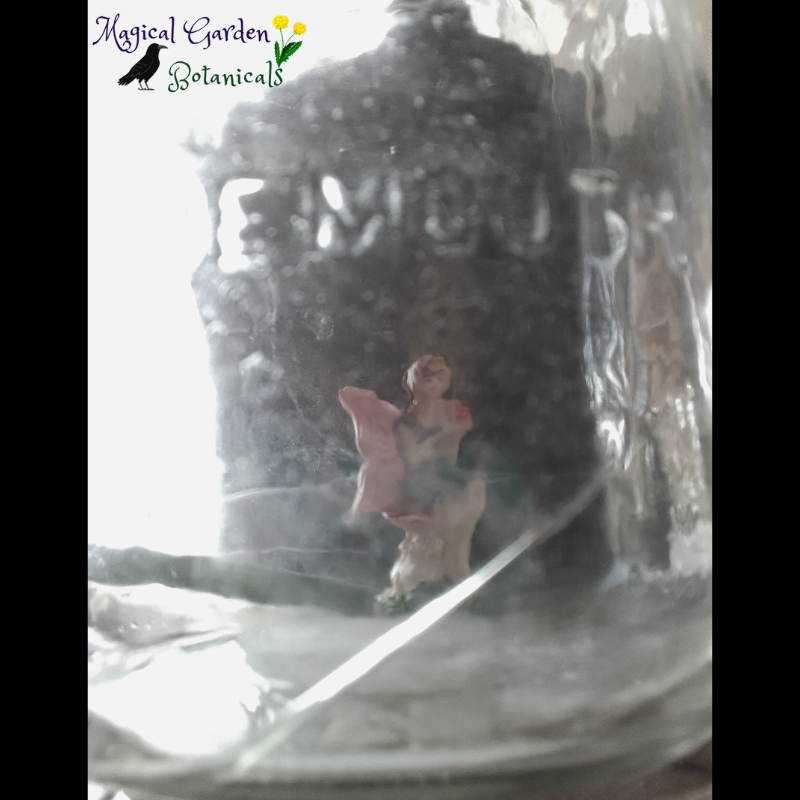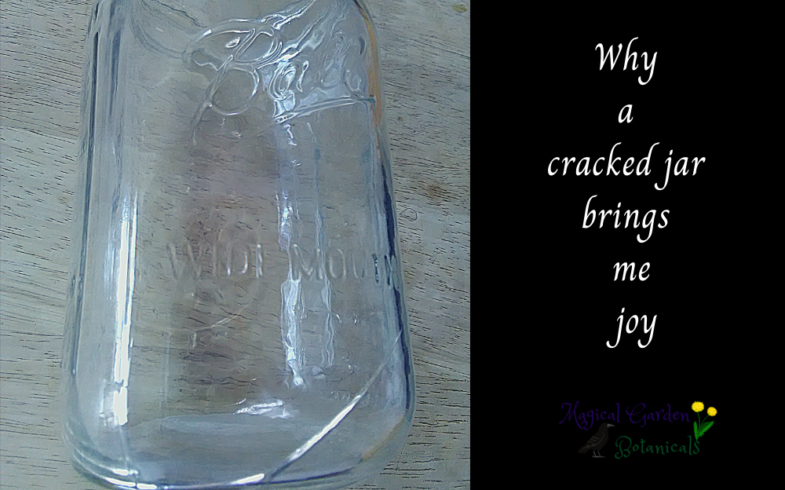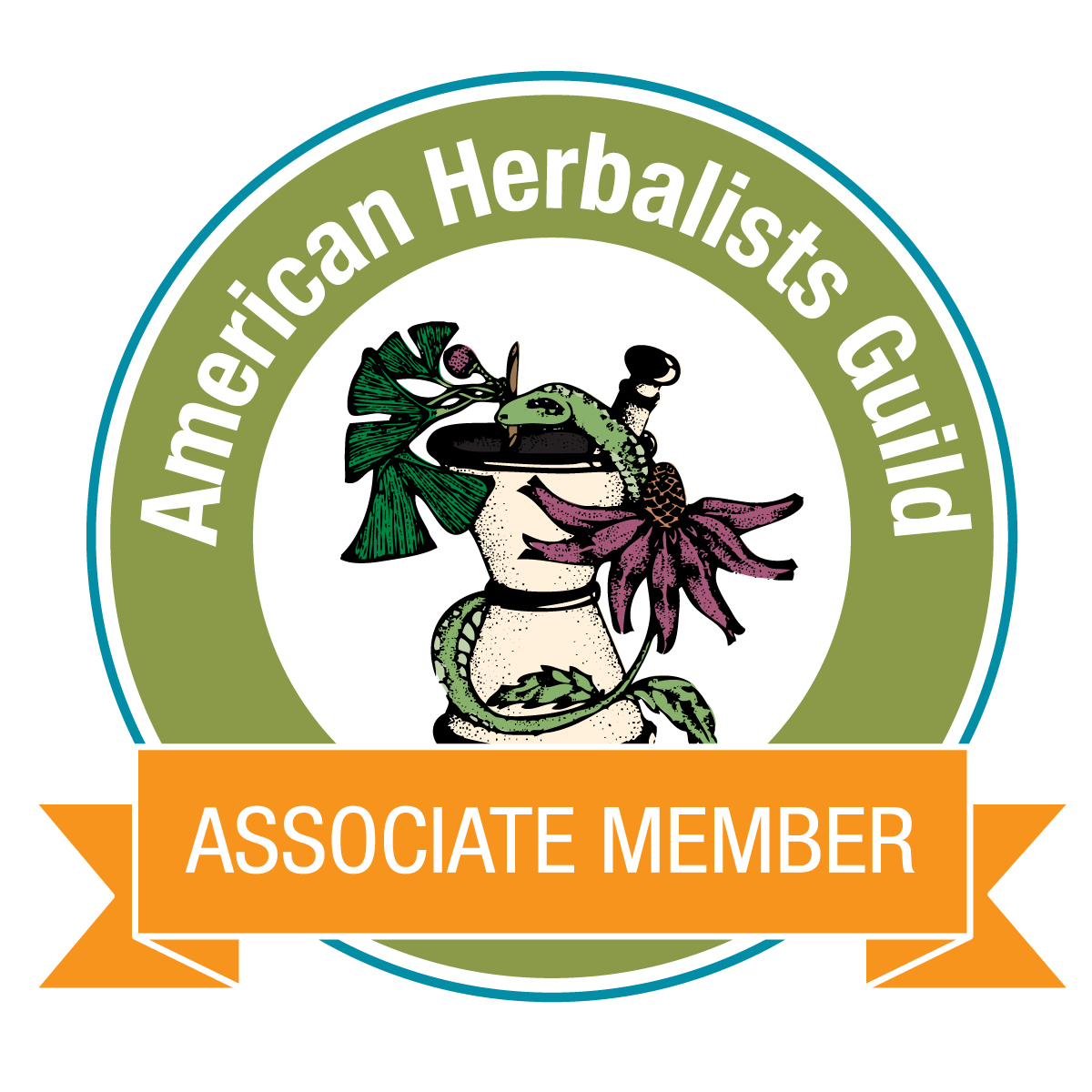Why a Cracked Jar Brings Me Joy
It’s seen frequently on social media, the cute and creative ideas for growing plants in unconventional containers. I’ve tried a few of these methods, but the majority of these include concepts that are just not conducive to what I have learned about growing healthy plants. Read on, I’ll share the details below. Just to be clear, the plants I am going to be referring to here are those used for culinary and medicinal purposes.
Cracked jar
It’s no secret, I collect jars. The majority of them are mason jars, in all sizes! We use them in place of glasses and for storing foods. They are inexpensive, sturdy, versatile, and made of glass- an inert material. However, once in a while, one breaks or cracks. Breaks and cracks are usually from a sudden change in temperature. Given the fact that simply tossing something in the trash isn’t my usual approach, I had to set aside a jar I recently discovered to be cracked. The little puddle of water underneath the jar was a giveaway that this jar was going to require a new job title. As I observed the crack in the jar, I noticed it was cracked enough to leak but the crack didn’t meet at any point. This means I didn’t have to worry about the bottom falling out unless I dropped the jar or exposed it to sudden temperature changes.

The repurpose
This jar would be used to plant some beloved herbs specifically for healing and/or cooking.
I think I heard a garden fairy giggle with delight.
The process of repurposing a jar for growing plants is fairly simple. First, make sure there is indeed adequate water drainage. I like to add a layer of rocks to the bottom of the jar as this also helps with drainage and prevents soggy roots. Next, add the soil. Then, add the seeds or seedlings and water thoroughly. Set in a sunny spot and wait for the seeds to wake up.

Methods I avoid for growing plants and why
- Citrus peels as seed starts are not ideal for most plants. In my experience, the peels begin molding before the seedling is ready for transplanting.
- Wood pallets are required to be treated for potential pathogens prior to being used. So a stamp of MB means methyl bromide (1) was used and HT means it was heat treated. Avoid using pallets that are unmarked and ones stamped with MB. Also, keep in mind the main purpose of pallets is for shipping numerous goods and materials, meaning they are exposed to a variety of potential pathogens, chemicals, insects, and even mold.
- Clay pots unless verified to be free from lead (2).
- Containers without proper drainage. This can be remedied with some containers by simply adding drainage holes to the underside.
- Disposable diapers. Average store-bought diapers may contain VOCs, fragrance, dioxin, pesticide residues, and many other toxins. Many diapers also include absorbent materials including silica gel (3) (4).
- Any method that includes lining with plastic. The plastic breaks down over time, leaching chemicals into the soil.
- Avoid using plastic water bottles. Plastic water bottles are designed for single-use and will leach chemicals into the soil.
- Railroad ties, while not used as planters, they are often used in gardens for borders. These are best to avoid as they are treated with a variety of chemicals, including creosote (5).
- Plastic pots, unless the plastic content is listed as a food-grade plastic. Personally, I still try to avoid food-grade plastic containers for growing herbs. Read more here about plastics and the numbers that are considered to be a bit “safer”.
What are your Earth-friendly and people-friendly unconventional methods for growing plants? I would love to hear about it, share in the comments.
- Methyl Bromide
- Labeling of pottery with the term “Lead Free”.
- Information about silica gel.
- How disposable diapers are made.
- Creosote

Daughter of the Earth, Mother of her creations. Ivanna (Evie) doesn’t care for titles, but the ones that fit best are homeschool mom, herbalist, and blogger. Her greatest joy is guiding others to find true wellness within themselves and Mother Earth. When not spending time with her beloved family, she can be found researching everything related to holistic wellness, crafting herbal remedies, or visiting with the plants in the Magical Garden.





Response to "Why a Cracked Jar Brings Me Joy"
Absolutely LOVE this idea!!! ❤️❤️❤️
You are so welcome, Mona! Let me know if you try it out. <3
Fabulous! Thank you 🙂 <3
You are so very welcome, Pamela!! <3